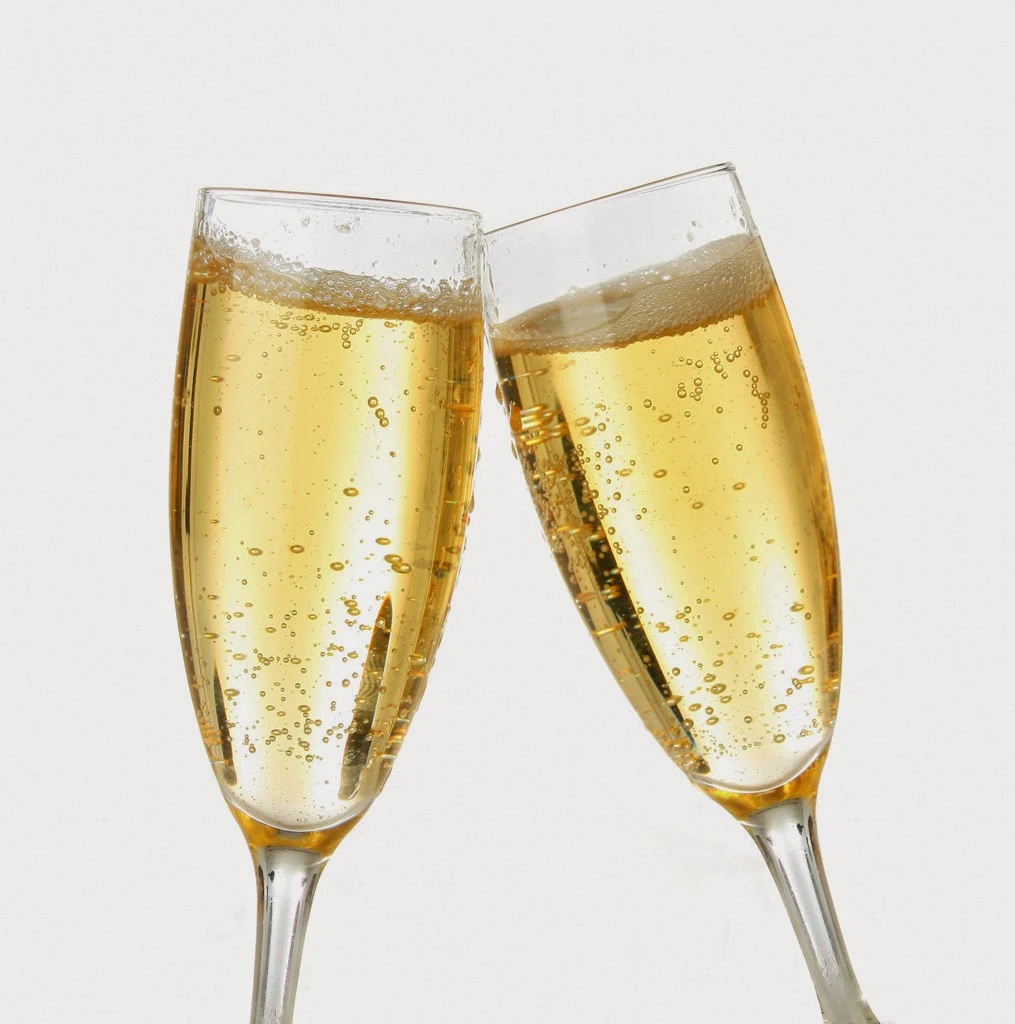The manufacture of Champagne is a centuries-old tradition that has been perfected over time. This sparkling wine is synonymous with luxury, celebration, and romance, and its production is steeped in history and tradition. In this article, we will take a closer look at the process of manufacturing Champagne and explore the key factors that make it such a unique and desirable beverage.
What is Champagne?
Before we dive into the manufacturing process, let's first define what Champagne is. Champagne is a type of sparkling wine that is produced exclusively in the Champagne region of France. It is made using a specific method called the traditional method, which involves a secondary fermentation in the bottle. This process produces carbon dioxide, which gives Champagne its characteristic bubbles and effervescence.
The Manufacturing Process
The manufacturing of Champagne is a complex and time-consuming process that requires great skill and attention to detail. The process involves several stages, including grape selection, pressing, fermentation, blending, aging, and bottling. Let's take a closer look at each stage.
Grape Selection
The first stage of Champagne production is grape selection. The Champagne region is known for its cool climate and chalky soil, which produces grapes with high acidity and a distinctive mineral character. Champagne is made from three grape varieties: Chardonnay, Pinot Noir, and Pinot Meunier. Chardonnay is a white grape variety that produces elegant and crisp wines, while Pinot Noir and Pinot Meunier are red grape varieties that add structure and depth to the wine.
Pressing
Once the grapes are harvested, they are pressed to extract the juice. The pressing process is gentle to ensure that the juice remains clear and free from impurities. The first pressing, or cuvée, produces the highest quality juice, while the second pressing, or taille, produces lower quality juice.
Fermentation
After pressing, the juice is fermented in stainless steel tanks or oak barrels. Yeast is added to the juice to convert the sugar into alcohol. This primary fermentation usually takes around two weeks.
Blending
Once the primary fermentation is complete, the winemaker will taste and evaluate each batch of wine to determine its quality and character. The winemaker will then create a blend by combining different batches of wine to achieve the desired flavor profile. This blending process is a critical step in Champagne production and requires great skill and experience.
Secondary Fermentation
After the blend is created, the wine is bottled and a mixture of sugar and yeast, called the liqueur de tirage, is added to initiate a secondary fermentation in the bottle. This process is also known as the méthode champenoise or traditional method. The carbon dioxide produced during this secondary fermentation is trapped in the bottle, creating the bubbles and effervescence that Champagne is famous for.
Aging
After the secondary fermentation is complete, the Champagne is aged on its lees, which are the dead yeast cells left over from the secondary fermentation. This aging process can last anywhere from 15 months to several years, depending on the style of Champagne. The lees add complexity and richness to the wine, giving it a creamy texture and subtle flavors of bread, toast, and nuts.
Disgorgement
Once the Champagne has aged, it is time for disgorgement, which is the process of removing the lees from the bottle. The bottle is turned upside down, and the neck is dipped into a solution that freezes the lees into a solid plug. The bottle is then opened, and the pressure of the carbon dioxide forces the plug out, leaving a clear Champagne in the bottle.
Dosage
After disgorgement, the winemaker will add a small amount of wine and sugar, called the dosage, to the bottle to balance the acidity and add sweetness to the wine. The amount of dosage added can vary depending on the style of Champagne, from very dry (brut nature) to very sweet (demi-sec).
Bottling
Finally, the Champagne is corked and wired to ensure that the cork remains securely in place. The bottles are then aged for several more months to allow the wine to integrate and develop its flavors before they are ready for consumption.
The Role of Terroir
The Champagne region's unique terroir plays a significant role in the wine's production. The region's cool climate, chalky soil, and unique microclimate create the perfect growing conditions for the Chardonnay, Pinot Noir, and Pinot Meunier grape varieties. The region's winemakers also use traditional techniques and practices that have been passed down from generation to generation, ensuring that the quality and character of Champagne remain consistent over time.
Conclusion
In conclusion, the manufacturing of Champagne is a complex and time-consuming process that requires great skill and attention to detail. From grape selection to disgorgement and bottling, each stage of the process plays a critical role in creating the unique and desirable beverage that we know as Champagne. The Champagne region's terroir and traditional techniques also play a significant role in the wine's production, ensuring that it remains a symbol of luxury, celebration, and romance for generations to come.

